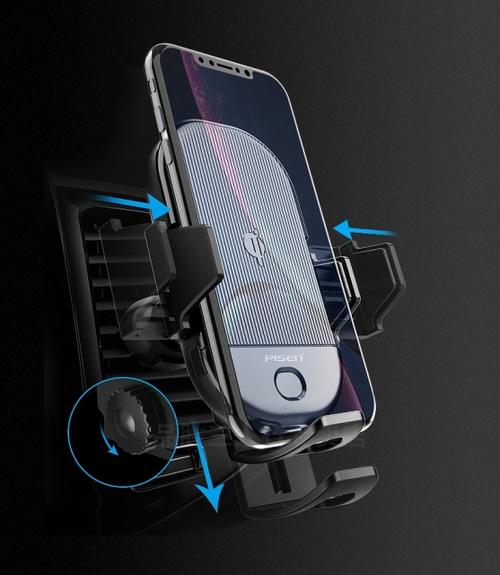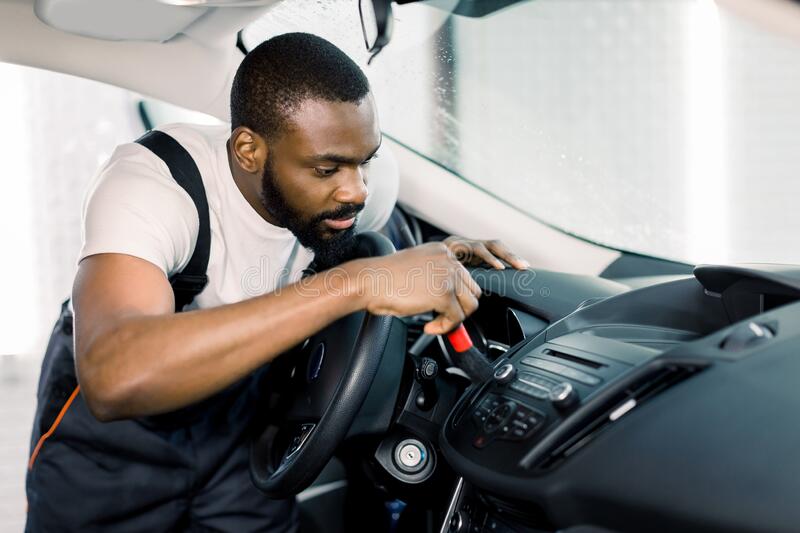
If you're looking for a new sedan, the Honda Civic Type R will not disappoint. The sedan features a great selection of standard features like high-density padding and adaptive dampers. This car's key features are listed below. Continue reading to learn more about the Honda Civic Type R's interior. This car is so easy to drive.
High rigidity frames
Honda will be putting safety first in 2017 by using advanced crash stroke technology within its body structure. Frames in Civic Type R help reduce crash energy transfer to the cabin and improve vehicle dynamics. Honda invented the crash stroke technology in Raymond, Ohio. The crash stroke technology also reduces cabin intrusion from frontal crashes by directing 80mm of the crash stroke rearward.

High-density padding
Honda's flagship Honda Civic model, and the new Type R Generation was introduced in July. The Civic Type R model is the sportiest yet. The seating provides exceptional support for drivers while driving high-performance. The Type R seats are covered with red suede and are similar to the seats on a VW GTI. They are padded with high-density padding, and large bolsters provide optimal support for the driver’s posterior.
Adaptive dampers
The Honda Civic Type R's new four-wheel Adaptive Damper System (also known as the "Adaptive Damper System") is a key component of its handling package. New shock absorber units have three-chamber designs, which allow for greater damping force variability. The damper control can be activated by changing the current flowing through the car's chassis. This system allows for smoother downshifts and improved ride quality.
Smart Entry system
The new Honda Civic Type R features a Smart Entry system that allows drivers to enter their vehicle without using a key. Simply place the key fob next to the car's door handle and simply walk up towards the car. The Smart Entry will unlock and start the engine. You can turn the engine off by pressing the LOCK key on the door handle. Alternately, you can activate the Walk Away Auto Lock feature in the car's Settings menu.

Integrated navigation system
The 2017 Honda Civic's Touring, EXL Navi Hatchback and Sport Touring trims include the Integrated Navigation System. It is also standard on the Civic Type R, Touring Coupe trims in the United States. Honda also offers HD Digital Traffic service, but this is available only in the United States, Alaska, and Puerto Rico. Although the system works well, the interface is messy and there are many icons scattered across the screen. Apple CarPlay and Android Auto connectivity are available on the Civic, though they are not standard.
FAQ
To be a car mechanic, do you need a degree? Can I study part-time?
While a degree is not required, it does help. Most employers prefer candidates who have studied for a full degree rather than those who haven't. It shows that you've put the effort in and have done everything possible to succeed.
It doesn't mean that you can't work while you study. Some universities let students complete their coursework in the summer and then continue their studies during the school year. Other universities permit students to take classes part-time during the school year.
Is being an auto mechanic a promising career choice?
If you are determined to excel, the automotive industry offers many opportunities. Working hard and learning from others is the best way to be successful in this field.
Excellent communication skills are essential as you will spend most of the time speaking to customers or other employees. You should also be willing to travel and work long hours, making commuting difficult.
Consider taking classes at local universities or community colleges if your goal is to pursue a career in the automotive industry. Many schools offer programs specific to students interested in sales, auto repair, or customer service.
Mechanical engineering should be your first choice for a degree. It is possible to earn a bachelor’s degree in only four years.
Many companies will also hire graduates right out of school. So it's wise to start looking for employment while you still have the chance to study part-time.
Once you've completed your education, you'll probably need to complete some form of training before being able to take up a position as an automotive technician.
This means you'll need to pass exams such as the Automotive Service Excellence (ASE) certification exam. This test covers topics including engine maintenance, brakes, steering systems, suspension, and more.
Once you have passed the ASE Test, you are eligible to apply for a National Institute for Automotive Service Excellence License.
You can repair vehicles owned by private citizens with a license. In exchange, you'll receive compensation based on the number of services performed.
Not all states require licensing. A license is required if you plan on working outside of your home state.
Some states don't issue licenses until after completing a certain amount of training. If you are one of these people, you might need to look for another alternative.
What does it matter which college I attend?
Non, really. There is no difference between colleges in terms of how to get into the automobile industry. Some schools have better programs than others, so you might want to look elsewhere if your goal is something more specialized.
How can I prepare myself for a mechanic apprenticeship
It is important to have an understanding of what you are going into. You should be familiar with the mechanics of cars, and how they work. This will make it easy to find the right place to start your first day in the garage.
Also, you need to know how fix simple problems, such as tires and lights that aren't working.
This should help you learn how to diagnose issues and repair them yourself.
To put the pieces back together, you will also need to understand how they fit together.
Finally, you should be able use tools safely.
These things will enable you to be a competent mechanic.
What is the length of an automotive training course?
An automotive course lasts for three years.
The first year is dedicated to theory and learning about cars. The second year is dedicated to practical training, where you will learn how to fix cars, drive them, and do other jobs around the car. The final year includes a placement at an auto shop. This gives you real-world experience fixing real problems.
Is it worth learning to be a mechanic?
The answer to that question depends on what your life purpose is. If you're looking for money, then it's true. But, if there are meaning and purpose in your life, then it's not.
You don't need to be a mechanic if you don't know how. It's not going make you millionaire. It won't make your name famous. It's unlikely that it will change your life.
You'd have to spend years learning how things work. Then you'd still have to pay someone else to fix your car when it breaks down. It's the reason most people don't bother. They find something else to do.
Let's sum it up: If you want to make a lot of money, then do so. The mechanic's profession is not the right place for you if it means that you will live a fulfilled life.
Statistics
- Apprentice mechanics earn significantly less hourly than mechanics who have completed training, with a median wage of approximately $14.50 an hour, according to PayScale. (jobhero.com)
- There were 749,900 jobs available for automotive service technicians and mechanics in 2016, which is expected to grow by six percent through 2026. (jobhero.com)
- According to the BLS, the median annual salary for automotive service technicians and mechanics in the United States was $44,050 in May 2020. (uti.edu)
External Links
How To
How to properly diagnose your car for repair
Before you can determine if your car requires repairs, it's important to first analyze the symptoms. These steps will help you diagnose your car properly.
-
Check engine lights. The dashboard light indicators, including the engine light, oil pressure gauge, battery light indicator, coolant temperature gauge and RPM gauge, should be checked. If any of them have been flashing for several days, it may mean something is wrong with your vehicle.
-
Inspect the tire treads. Tires that are worn can cause issues with handling and braking. Also, inspect the treads of your wheels. They should look clean and be smooth. To do this, remove the wheels and take them out. You can check the tread wear with a flashlight.
-
Check the level of brake fluid. You must always monitor the level of your brake fluid. This will ensure that your brakes run smoothly. Your brakes may fail if the brake fluid level drops.
-
The suspension system should be tested. It is common for vehicles to have a suspension system which absorbs shocks or vibrations. It provides better control and allows smoother acceleration and deceleration. It might feel uncontrollable or wobbly if your vehicle is suffering from a suspension problem. You can test if your vehicle has a suspension problem by putting weight on either the front or back axle to see how it moves.
-
Take a look at the steering column. The steering column is used to link the steering wheel with the rest of vehicle's components. Sometimes, steering columns are damaged by accidents. It is recommended to replace any steering column that feels loose, or shakey.
-
Pay attention to the exhaust pipe. Exhaust pipes move gases from combustion chamber to atmosphere. You can let harmful fumes into your home if your exhaust pipes crack or leak. It is also important to repair any bends in your tailpipe immediately.
-
Take a look under your hood. Take a look underneath the hood to find any strange or unusual items. There could be fluid leaking from your engine. If you smell something strange coming from your engine compartment you should call a professional technician.
-
You should inspect your air filter. The outside environment collects dust and other particles in the vehicle's filter. Your vehicle will run less well if it has a dirty filter. Replace your air filter regularly.
-
Verify the fan belt. The fan belt that connects your vehicle to the transmission is called the engine fan belt. The engine will not turn if the fan belt breaks. It is very easy to replace your belt. You will need a screwdriver, pliers and a pair of pliers.
-
You should inspect the radiator and hoses. The radiatorhose carries water from your radiator to the engine. If the hose becomes damaged or cracked, hot liquid can be emitted onto the engine. To repair the hose, you will only need to use a pair needle-nosepliers and a wire brush.
-
The windshield wipers should be checked. Windshield wipers work by using electricity to remove rain and snow. If they stop functioning, they can leave streaks in your window glass. You can fix the problem by changing the washer fluid.
-
Make sure you check the cables. The battery cables supply power to your car's electrical systems. Always disconnect the negative wire before you replace batteries. Failure to do so can damage your alternator.
-
Pay attention to your headlights. Headlights help you see the road ahead. They can make it difficult to see if they stop working. Check the bulbs to see if they've burned out.
-
Pay attention to the lights. If you approach other drivers at night, lights will warn them. One that doesn't work could cause you to be distracted, and possibly lead to an injury.
-
Check the brakes. Before you have a collision, brakes slow down your car. If your brakes aren't working properly, you may lose control and crash into other cars.
-
Change your oil. The oil keeps your engine well lubricated. It helps prevent metal parts from wearing out too quickly. It is recommended to change the oil each month.